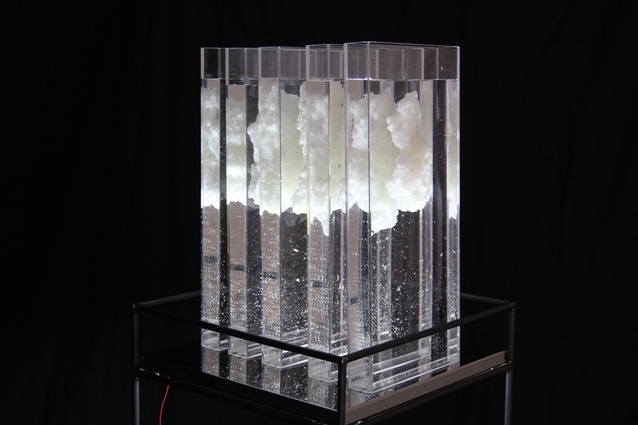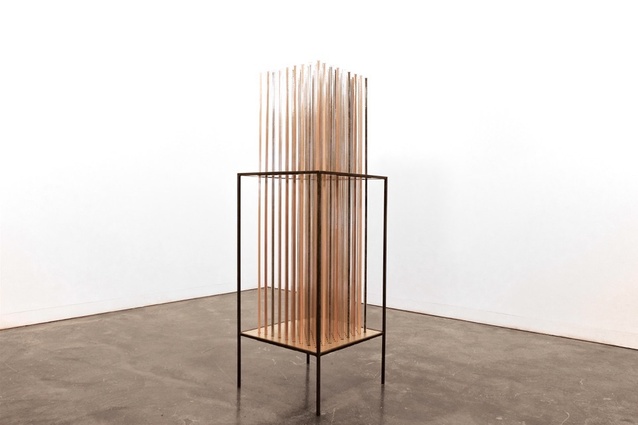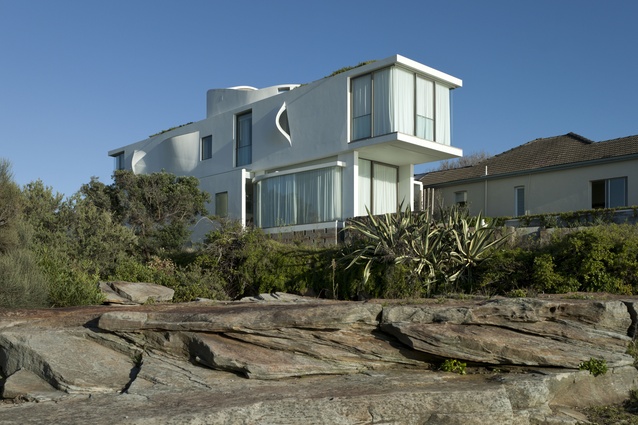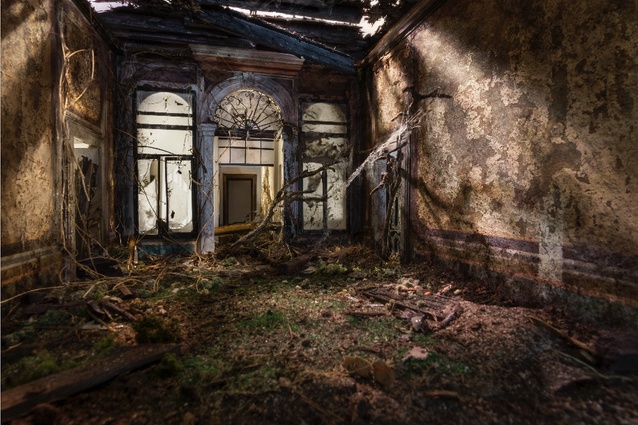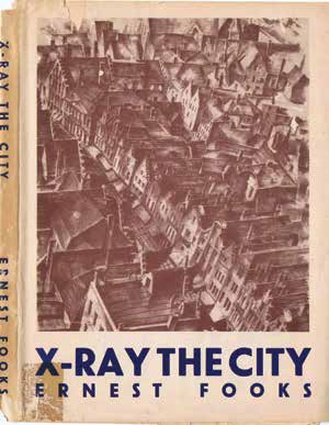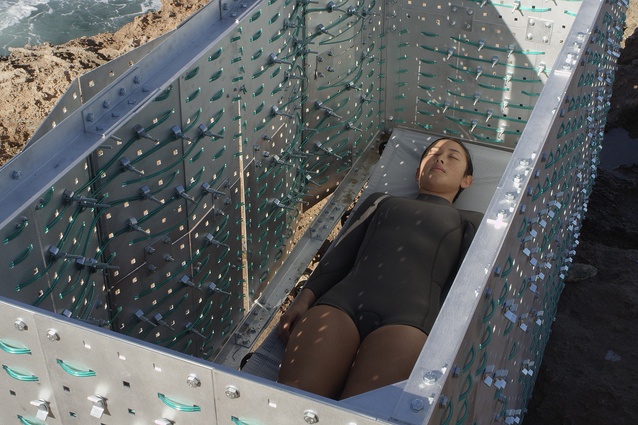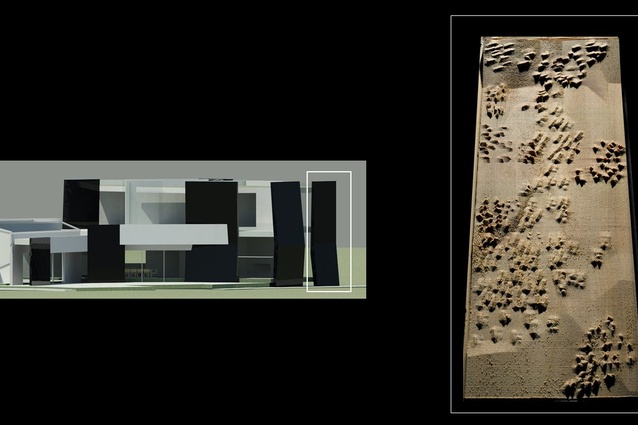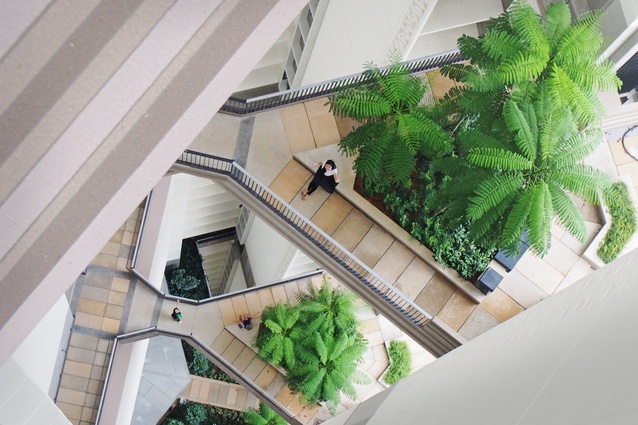Time Space Existence down under
Seven Australian and New Zealand architects and architectural photographers will showcase their work in the exhibition Time Space Existence, a collateral event part of the 2016 Venice Architecture Biennale.
More than 100 architects from six continents are participating in this event, held in three venues, Palazzo Bembo, Palazzo Mora and Palazzo Rossini. The exhibition documents current developments and thoughts in architecture, highlighting fundamental questions by discussing the philosophical concepts of time, space and existence.
Time Space Existence displays a large diversity of presentations including models, concepts, research results, dreams, hopes and ideas, while combining classical architectural presentations with surprising artistic elements.
Through combining different architectural thoughts and approaches, the exhibition aims to enlarge our human awareness of our own personal existence as a human being within a specific space and time.
The exhibition will be on display in Venice from 28 May to 27 November, with a preview on 26 and 27 May. Below is a round up of the Australian and New Zealand participants.
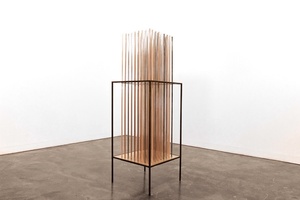
Auckland University of Technology and University of Sydney
The Auckland University of Technology and the University of Sydney have come together to present an exhibition themed “Zoon Politikon” of “The Political Animal,” which is an idea derived from ancient Greek philosopher Aristotle and explored by French philosopher Jacque Derrida in his last lectures prior to his death in 2004. A series of 24 architectural models of a speculative nature explore themes of sovereignty and biopolitics as applied to architecture, ethics and civic space. “The models are novel architectural investigations that critique the role of architecture in an increasingly global, mediated and deterritorialized world. Through their works, the students are calling into question humancentric legacies of architecture, which gives special privilege to humans as the rational and political animal,” said Michael Tawa, program director, Master of Architecture, University of Sydney.
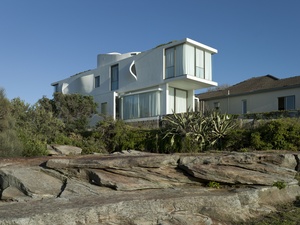
Chris Elliott
Sydney-based architect Chris Elliott of Chris Elliott Architects has taken the commonly understood elements of time – past, present and future – as a device to frame his display. The exhibit will focus on Elliott’s recent activities corresponding to these three concepts. The present will be represented through a realized award-winning house, the future through a theoretical design for a very tall green apartment building in Sydney, and the past through Elliott’s involvement in an “anti-project”, the community-based advocacy against the insenstive redevelopment of the Waverley Cemetery in Sydney. Elliot’s efforts with the community-led to the preservation and State Heritage Listing for the ocean-side cemetery.
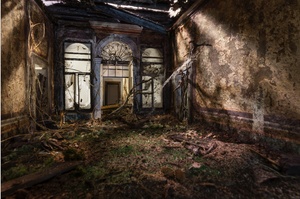
Tanja Milbourne
Working with a scale-model replica of the room at the Palazzo Mora in Venice where the work will be exhibited, Australian architectural photographer and artist Tanja Milbourne’s The Flooding of Venice depicts sequentially the palazzo becoming increasingly derelict. The wallpaper starts to peel off, the marble cracks, plants start to grow, debris collects in the space, water floods the space and eventually the structure starts to crumble. The images fade into each other and then into black, and are intersected with a live feed coming directly from the gallery, which is matched at the same angle as the images.
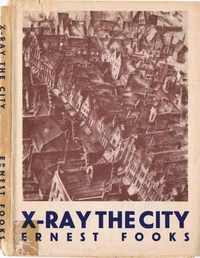
Alan Pert and The University of Melbourne
The University of Melbourne’s School of Design established a new research collaboration this year, the Future Factory Research Hub. For the Time Space Existence exhibition, the Future Factory takes a fresh look at a 1946 book by architect and town planner Dr Ernest Fooks (1906-1985), X-Ray the City! The density diagram: basis for urban planning. The exhibition touches on urban analytics, design tools, geometry, society and stakeholders and trying to understand the city using the book. Three major sections focus on the years 1946, 2016 and 2046.
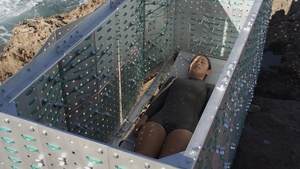
Studiobird
Matthew Bird of Studiobird has created a multi-dimensional architectural installation that renders creative curiosities and challenges a range of aesthetic, cultural and behavioural concerns. Sleep Sarcophagus invites audiences to experience an immersive environment of simulated sleep-states. Users are encouraged to physically occupy the installation. The environment is transformed with the aid of a multichannel film, which fills the intimate chamber with abstract, cinematic and meditative sound and imagery. The exterior draws on a range of historic, symbolic and material interests, while the interior is enclosed and snug.
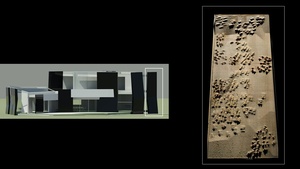
Simon Twose
New Zealand architect Simon Twose’s Concrete /Cloud/ presents a 1:1 detail of a wall drawn in concrete. The surface of a single wall was taken from an unbuilt design for the Te Horo House, sited on the turbulent, rock-strewn Kapiti coast, on the southern tip of New Zealand’s north island. Concrete /Cloud/ is part of ongoing research by Twose into how drawing and building intersect and how materiality, space and time cross from drawing to building, and building to drawing.
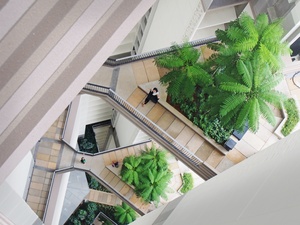
WOHA
WOHA’s Fragments of an Urban Future provides answers to some of the most pressing issues facing megacities today – unprecedented urbanization, accelerating climate change, and the need for preservation of tropical biodiversity. A selection of WOHA’s recent work shows how the firm’s vertical ecosystems transform these challenges into models for sustainable building. Three of WOHA’s projects are the centerpiece of the exhibition, including Parkroyal on Pickering, SkyVille at Dawson and the Oasia Downtown Hotel.

